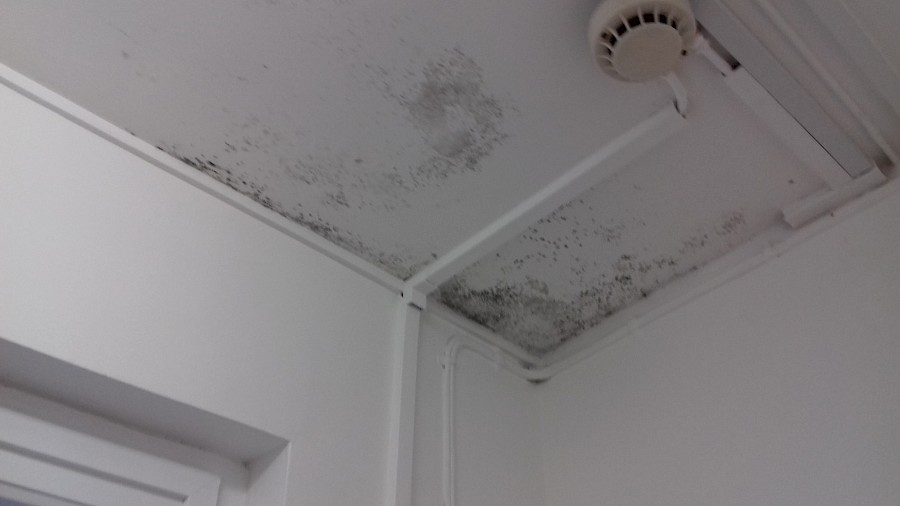Understanding Condensation: Causes, Effects, and Prevention Tips
Condensation

Introduction
Condensation is a natural process that occurs when water vapor in the air changes into liquid water upon contact with a cold surface. While it may seem harmless, excessive condensation can lead to a range of issues, including mold growth, structural damage, and compromised indoor air quality. In this article, we will delve into the causes and effects of condensation and provide useful tips to prevent its occurrence. Let's explore the world of condensation and learn how to keep it at bay.
What Causes Condensation?
Condensation occurs when warm, moist air comes into contact with a surface that is at a lower temperature. The moisture in the air loses heat energy and transforms into liquid water droplets. Some common causes of condensation include:
-
Temperature differences: When warm air encounters a cooler surface, such as a window pane or a mirror, it cools down rapidly, resulting in condensation.
-
High humidity: The amount of water vapor the air can hold depends on its temperature. If the air is saturated with moisture and the temperature drops, the excess water vapor condenses on surfaces.
-
Inadequate ventilation: Poor airflow and lack of ventilation prevent moist air from escaping, allowing condensation to accumulate.Effects of Condensation
Excessive condensation can have several detrimental effects, both on your health and your home. Some of the most common effects include:
-
Mold and mildew growth: Moisture from condensation creates an ideal environment for mold and mildew to thrive. These fungi can cause respiratory problems and exacerbate allergies.
-
Structural damage: Prolonged exposure to condensation can lead to structural damage, such as rotting wood, warped materials, and peeling paint.
-
Deteriorated indoor air quality: The presence of mold, mildew, and other contaminants due to condensation can reduce indoor air quality, leading to respiratory issues and allergies.Preventing Condensation
To prevent condensation and its associated problems, consider implementing the following tips:
-
Proper ventilation: Ensure adequate airflow by using extractor fans in kitchens and bathrooms. Open windows regularly to let fresh air circulate.
-
Reduce moisture sources: Activities such as cooking, bathing, and drying clothes generate moisture. Use exhaust fans, cover pots while cooking, and dry clothes outside when possible.
-
Insulate cold surfaces: Insulating windows, walls, and pipes can help raise surface temperatures and reduce the occurrence of condensation.
-
Use dehumidifiers: Dehumidifiers are effective at reducing humidity levels indoors, especially in areas prone to high moisture, such as basements and bathrooms.
-
Check for leaks: Regularly inspect your home for any water leaks, both in plumbing systems and the building envelope. Fixing leaks promptly can prevent moisture buildup.
Conclusion
Condensation is a common phenomenon that, when left unaddressed, can lead to various issues within your home. By understanding the causes, effects, and preventive measures for condensation, you can maintain a healthy living environment and protect your property from damage. Implementing proper ventilation, reducing moisture sources, insulating cold surfaces, and utilizing dehumidifiers are essential steps toward combating condensation. Stay proactive and create a comfortable, condensation-free space for you and your family to enjoy.
Condensation should not be confused with damp which is broadly defined at external moisture entering a building.
